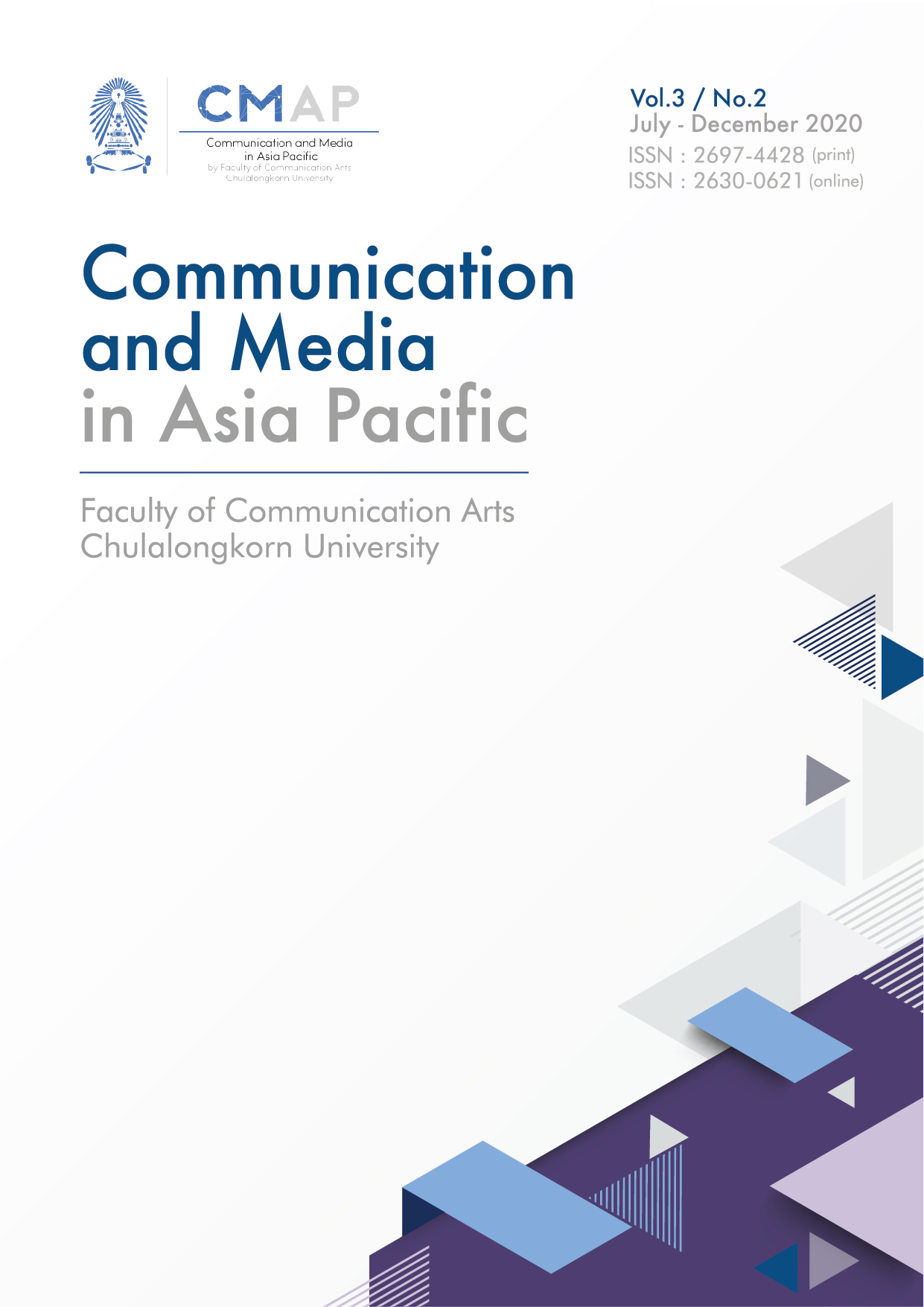‘360 Degree Deliberative Interviewing’ and Ethnography to Increase Validity and Insights
Main Article Content
Abstract
This article presents reflective critical analysis of a mixed method research project that affords methodological learning and implications. The research project is used here as a case study in research design and operationalization, rather than for its findings and conclusions. Therefore, the research objectives, research questions, methods, and operationalization of the project are explained insofar as they inform methodological analysis and conclusions. The literature reviewed in this article also pertains to research design and methodology rather than the disciplinary field of the research project used as a case study. In the research project, a series of time-interval interviews with multiple participants associated with the same activities—referred to here as 360-degree deliberative interviewing—and ethnography were used to extend, deepen and, in some cases, challenge the findings available from traditional social science research methods. The affordances of the approach taken, which borrowed from deliberative polling and applied triangulation with ethnographic and statistical data, are reported along with some limitations such as increases in time and cost of research. However, this analysis indicates that the advantages in terms of validity and depth of insights outweigh the costs.
Article Details
References
Akobeng, A. (2005). Understanding randomized controlled trials. Archives of Disease in Childhood, 90, 840–844.
Amrhein, V., Greenland, S., & McShane, B. (2019). Scientists rise up against statistical significance. Nature, 567, 305–307.
Blei, D., Ng, A., & Jordan, M. (2003). Latent dirichlet allocation. Journal of Machine Learning Research, 3(4–5), 993–1022.
Boardman, E., Greenberg, D., Vining, A., & Weimer, D. (2010). Cost-benefit analysis concepts and practice (4th ed.). Upper Saddle River, NJ: Prentice Hall.
Brand Science. (2016). Econometric modelling. Retrieved September 15, 2018 from http://brandscience.cz/?lang=en#ekonometrickemodelovani
Bryman, A. (1988). Quantity and quality in social research. London, UK: Unwin Hyman.
Bryman, A. (2012). Social research methods (4th ed.). New York, NY: Oxford University Press.
Center for Deliberative Democracy. (2019). What is deliberative polling? Retrieved September 15, 2018 from https://cdd.stanford.edu/what-is-deliberative-polling
Chevalier, J. & Buckles, D. (2013) Participatory action research: Theory and methods for engaged inquiry. Abingdon, UK: Routledge.
Couldry, N. (2009). Commentary: Rethinking the politics of voice. Continuum: Journal of Media & Cultural Studies, 23(4), 579–582.
Craig, R. (2006). Communication as a practice. In G. Shepherd, G. St John, & T. Striphas (Eds.), Communication as … Perspectives on Theory (pp. 38–49). Thousand Oaks, CA: Sage.
Craig, R., & Muller, H. (Eds.). (2007). Theorising communication: Readings across traditions. Thousand Oaks, CA: Sage.
Fishkin, J., Luskin, R., & Jowell, R. (2000). Deliberative polling and public consultation. Parliamentary Affairs, 53(4), 657–666.
Geertz, C. (1973). Thick description: Toward an interpretive theory of culture. In C. Geertz (Ed.), The Interpretation of Cultures: Selected Essays (pp. 3–30). New York, NY: Basic Books.
Guba, E., & Lincoln, Y. (2005) Paradigmatic controversies, contradictions, and emerging confluences. In N. Denzin & Y. Lincoln (Eds.), Handbook of qualitative research (3rd ed., pp. 191–215). Thousand Oaks, CA: Sage.
Hariton, E., & Locascio, J. (2018). Randomized controlled trials: The gold standard for effectiveness research. BJOG, 125(13), 1716–1716.
Jenkins, H., Ford, S., & Green, J. (2013). Spreadable media: Crating value and meaning in a networked culture. New York, NY: New York University Press.
Jensen, K. (2012). A handbook of media and communication research (2nd ed.). Abingdon, UK: Routledge.
Kristensen, K., & Eskildsen, J. (2011). Is the Net Promoter Score a reliable performance measure? Refereed proceedings of the 2011 IEEE International Conference on Quality and Reliability, Bangkok, pp. 249–253.
Leite, E. (2015, January 19). Why trust matters in business. Address to the World Economic Forum, Davos-Klosters, Switzerland. September 10, 2018 from https://agenda.weforum.org/2015/01/why-trust-matters-in-business
Lincoln, Y., & Guba, E. (1985). Naturalistic inquiry. Beverly Hills, CA: Sage.
Littlejohn, S., Foss, K., & Oetzel, J. (2017). Theories of human communication (11th ed.). Long Grove, IL: Waveland.
Macey, W., & Schneider, B. (2008). The meaning of employee engagement. Industrial and Organizational Psychology, 1(1), 3–30.
Macnamara, J. (2016). Organizational listening: The missing essential in public communication. New York, NY: Peter Lang.
Macnamara, J. (2018). Evaluating public communication: Exploring new models, standards and best practice. Abingdon, UK: Routledge.
Mandal, P. (2014). Net promoter score: A conceptual analysis. International Journal of Management Concepts and Philosophy, 8(4), 209–219.
Neuman, W. (2006). Social research methods: Qualitative and quantitative approaches (6th ed.). New York, NY: Pearson.
Paine, K. (2014, July 9). The worst new thing in measurement: Ogilvy Australia’s black box of 70 measurement tools. The Measurement Adviser. Retrieved March 10, 2019 from http://painepublishing.com/measurementadvisor/the-worst-new-thing-in-measurement-ogilvy-australias-black-box-of-70-measurement-tools
Paquette, P., & Frankl, M. (2016). Agile project management for business transformation success. New York, NY: Business Expert Press.
Reichheld,F. (2008). The ultimate question: Driving good profits and true growth. Boston, MA: Harvard Business School Publishing pp. 81–82).
Rhoades. L., Eisenberger, R., & Armeli, S. (2001). Affective commitment to the organization: The contribution of perceived organizational support. Journal of Applied Psychology, 86, 825–836.
Shenton, A. (2004). Strategies for ensuring trustworthiness in qualitative research projects. Education for Information, 22(2), 63–75.
Stake, R. (2008). Qualitative case studies. In N. Denzin & Y. Lincoln (Eds.), The SAGE handbook of qualitative research (3rd ed., pp. 119–149). Thousand Oaks, CA: Sage.
Tedlock, B. (2008). The observation of participation and the emergence of public ethnography. In N. Denzin & Y. Lincoln (Eds.) Strategies of qualitative inquiry (3rd ed., pp. 151–171). Thousand Oaks, CA: Sage.
Yin, R. (2009). Case study research: Design and methods (4th ed.). Thousand Oaks, CA: Sage.
Zaki, M., Kandeil, D., Neely, A., & McColl-Kennedy, J. (2016). The fallacy of the Net Promoter Score: Customer loyalty predictive model. Cambridge, UK: Cambridge Service Alliance, University of Cambridge. Retrieved March 9, 2019 from https://cambridgeservicealliance.eng.cam.ac.uk/resources/Downloads/Monthly%20Papers/2016OctoberPaper_FallacyoftheNetPromoterScore.pdf


